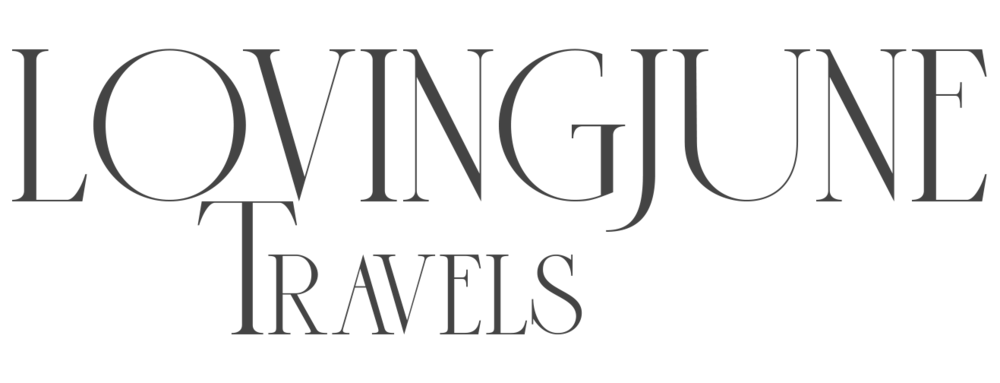“Our clients think that they are paying to visit these remote wilderness areas on the planet but the truth is that they are paying to protect them.”
YOUR CONTRIBUTION
YOU ARE PAYING THE ACCESS TO REMOTENESS
On a first and introductory note, we tell our clients that, among other things, if go into remote nature destinations they are paying the access to some of the most pristine and untouched areas of the planet. And they are sleeping in properties that host very few rooms in areas that can be huge. To be able to keep a low number of visitors and preserve this immense space empty of humans, costs have to be high.
Basically we tell our clients that they are paying to visit these wilderness areas but mostly they are paying to protect them.
So when deciding to embark on this kind of journey, you are helping more than the country’s economy and their tourism income box.
Also, when it comes to nature experiences many things are included, besides the accommodation. It means that a full board regime (meaning meals, drinks) and laundry services are paid for. Also included are 2 activities per day, park fees and transfers into each property (flights and/or car and/or boat). Depending on the country (or property location), explorations can be done on a 4x4, helicopter, boat, canoe, horse, on foot, balloon, driving quad bikes, mountain bikes… Be ready for wildlife tracking, trekking expeditions, community and school visits, craftsmanship workshops, visiting conservation projects, fishing, fly camping, canoe/horseback/camel riding expeditions, wine tasting routes, beach retreats, yoga… and more.
your visit helps protect wildlife and wilderness areaS
In many national parks animals were gone for decades and procedures were put in place to bring them back. In other areas, wildlife is there but their subsistence demands the implementation of measures.
Either way, here are only a few examples of is done to preserve a ecosystem:
- Understand if certain areas can have wildlife reintroduced and get permits for a safari activity.
- Make sure these lands are not hunting concessions so that animals are not aggressive.
- Study migration patterns of different species that often cross country borders or national parks: open wildlife corridors and maintain them safe.
- Control a balanced animal population; study migration paths; create access to water.
- Make sure that certain animals can be transported, survive in a new habitat and breed in these areas.
- Understand transfer costs, quarentene procedures and risks involved in the moving of these animals.
- Build, manage and maintain efficient anti poaching methods to make sure wildlife is not killed.
Basically, your journey contributes to wildlife repopulation in certain areas, maintaining their territories in others, and in both cases protect animals while engaging local population in doing the same.
your visit EMPOWERS local communities
How does one tackle and act on wildlife/wilderness issues? with local communities involvement. Here are some of the factors taken into account:
- Understand where people live (what is their proximity to national parks or concession borders) to make sure they can keep their livelihood intact (cattle and crops) while avoiding wildlife conflict.
- Compensate local communities when their cattle is killed by a predator or crops eaten by wildlife.
- Educate and involve these communities with the conservation measures being used in their areas by opening more schools and introducing educational programs about wildlife and sustainability.
- Employ land engage locals on the benefits of tourism and wildlife conservation jobs.
- Involve communities on the preservation, reforestation and sometimes expansion of those wilderness areas. This is not often easy to achieve because of, among other issues, the growth of human population.
Those are only some of the actions involving the well-managed travel industries we work with. So when you board a plane, heading to remote areas, you are maybe realizing a dream of yours but you are also contributing to preserve these animals and improve local people’s lives.



